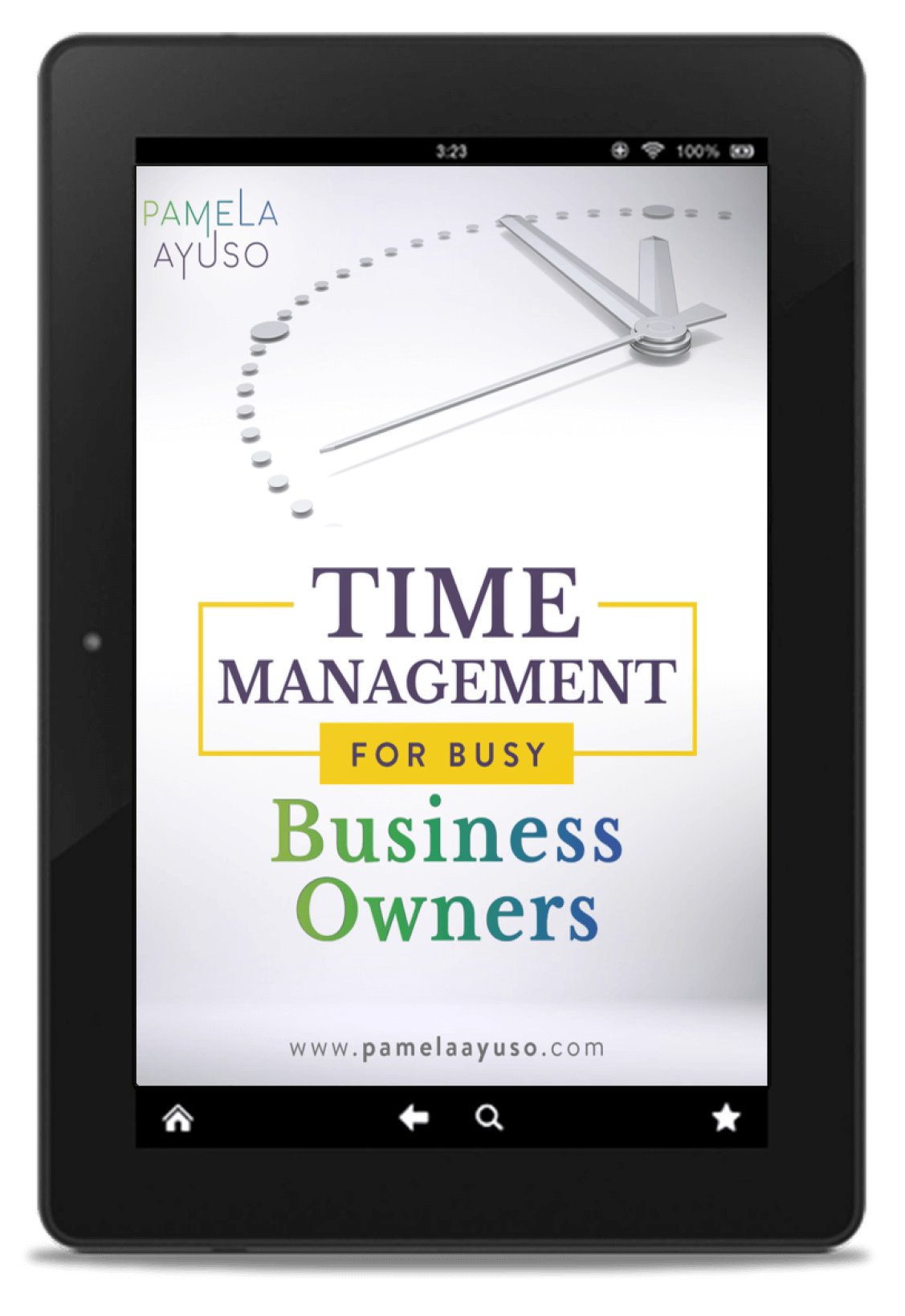Have you ever noticed how one little error, such as a misplaced number, has the potential to cause a lot of damage? It happens all the time. An organization is, after all, a team of humans working together to produce a certain result. And we humans make mistakes.
On any given day, a check may go out without approval or a quote in the wrong amount may be sent to an important client. These oversights can be expensive because fixing them can cost you money and hurt your business’ reputation.
How then, can we prevent errors? I recommend implementing a concept I learned in my years as an auditor: three levels of review.
![[Photo: Max Langelott/Unsplash]](https://www.pamelaayuso.com/wp-content/uploads/2021/01/max-langelott-665852-unsplash.jpg)
[Photo: Max Langelott/Unsplash]
How to Use an Effective Three-Level Review Process
Using our accounting department as an example, here’s how we use the three-level review process for effective error minimization.
The first level is the person who executes the process. For an expense, for instance, the person who receives an invoice and prepares the payment initiates the process by inputting the expense into the accounting system. In the first level, the check is written once the appropriate approvals are verified.
A second person does a detailed review of the first level. In this step, the person reviews that the invoice and the entry in the system are correct and that the check was made out in the correct amount and to the right supplier. The second level of review is, as a boss once told me, “just another set of eyeballs.”
Finally, the third level involves a final revision of the entire process to make sure everything makes sense. Here, the check is signed after verifying all the supporting documentation. A review of an expense report in the company’s accounting system can be the third level of the accounting entry process.
Thus, in the case of our firm, all expenses and payments are looked at by three people on a weekly basis at a predetermined time. This process allows the firm to minimize mistakes. The third person may find a check that shouldn’t be going out yet or the second level may find an extra zero.
There are other benefits to implementing levels of review. Because the system works as a chain does, the second and third person will be unable to complete their tasks unless the first level has been completed on time. Therefore, things that are procrastinated or tend to take longer will usually move along more smoothly, since the first person knows someone depends on that work. What’s more, errors become rarer, because it is human nature to do better when we know that someone is seeing what we do and are depending on us.
At our firm, we use this concept for critical areas such as Finance and Accounting. Not all departments need all three levels and it depends on what you deem as strategic in your organization.
![[Photo: Christian Perner/Unsplash]](https://www.pamelaayuso.com/wp-content/uploads/2021/01/christian-perner-91905-unsplash.jpg)
[Photo: Christian Perner/Unsplash]
Start Implementing Three Levels of Review Today
As you go through designing your processes, it may seem at first excessively time-consuming to look at everything three times. However, each subsequent revision takes less and less time. The first level is always the most intensive in time because the person is doing the work. The second level is reviewing everything the first person did but doesn’t have to do the initial legwork. The third level is a more high-level review, ensuring that the procedure was reasonable and the numbers make sense.
The goal is to minimize errors to the lowest level possible. Once this concept is implemented in your company, it will become part of your culture: your employees will require it and depend on it. The quality of the company’s work product will improve as a result. You and your team will spend less time putting out fires and more time growing the company.
This post was originally published in 2017 and has since been updated and recirculated for 2022.



